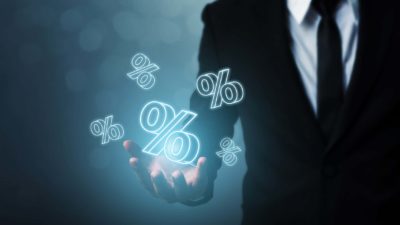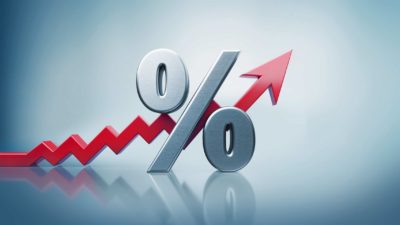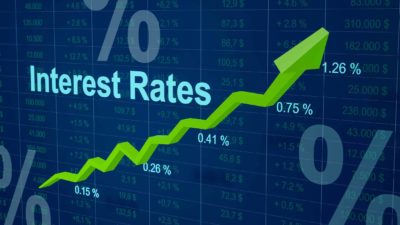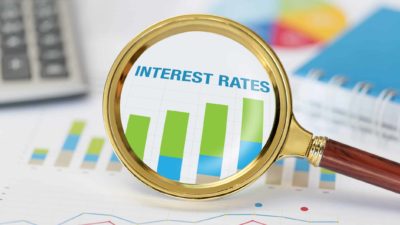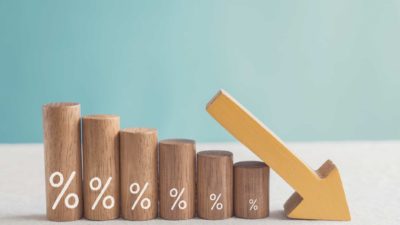It's that time of the quarter when we get a look into the state of the Australian economy with the release of the latest economic numbers from the Australian Bureau of Statistics (ABS), including the all-important Australian gross domestic product (GDP) metric.
Yes, the ABS has just released the economic metrics for the June quarter of 2024 (the three months to 30 June).
The Australian share market isn't responding too well to these numbers. Well, the S&P/ASX 200 Index (ASX: XJO) was already down massively before they were released this morning. But, with the ASX 200 now down more than 2%, they don't seem to have done anything to boost investor sentiment, at least.
So, let's discuss three vital takeaways from the ABS' latest economic snapshot.
3 vital takeaways from today's Australian GDP numbers
Australia's GDP grew, but only just
The ABS revealed that the Australian economy grew by 0.2% (seasonally adjusted) over the June quarter. This represents the 11th straight quarter of economic growth for Australia. That quarterly figure of 0.2% translates to an annual growth rate of 1.5% for the 2024 financial year.
This is a relatively sluggish growth rate by Australian GDP standards. The ABS' head of national accounts, Katherine Keenan, stated that "Excluding the COVID-19 pandemic period, annual financial year economic growth was the lowest since 1991-92 – the year that included the gradual recovery from the 1991 recession".
More concerningly, Australian GDP per capita fell 0.4% for the quarter, its sixth consecutive quarter of negative growth. That means that the economy's overall growth is being propped up by population growth.
Government spending is keeping the wheels on
Most corners of the economy saw a reduction in spending over the quarter. The ABS reports that household spending fell 0.2% over the three months, which shaved 0.1% from GDP growth alone. Total investment in the economy also dropped by 0.1%, driven by a 1.6% reduction in new machinery and equipment spending. That was particularly prevalent in the agricultural and retail industries.
However, it was government spending that seems to have staved off an overall drop in Australia's GDP. The ABS found that non-defence government spending rose by 1.4% in the quarter, driven by social and healthcare spending. State and local government spending also rose.
Household savings remain low
After spiking during the pandemic, the ABS found that Australia's household savings ratio continues to be subdued. The statistics show that the household savings ratio remained unchanged at 0.6% for the quarter. That translates to an annual savings rate of 0.9% – the lowest since the 2007 financial year.
Gross disposable income increased by 4.1% annually. However, this was more than offset by household spending rising 5.9%, which might explain, along with high inflation, why savings ratios remain low.
Foolish takeaway
It's no surprise that these rather lacklustre numbers have not boosted ASX investor sentiment this Wednesday thus far. They arguably show an anaemic GDP performance for the Australian economy, thanks to sticky inflation and high interest rates.
Let's see if these figures prompt the Reserve Bank of Australia to do something about the latter.




